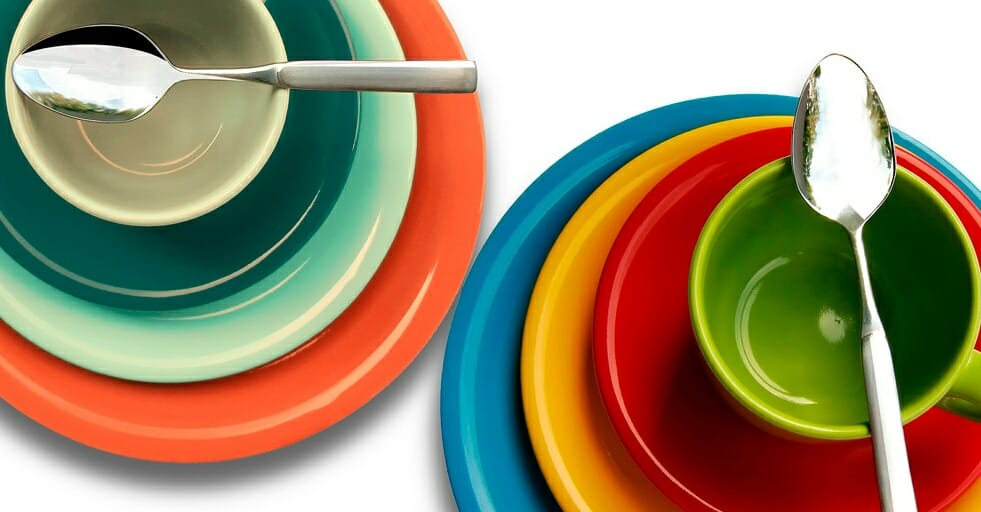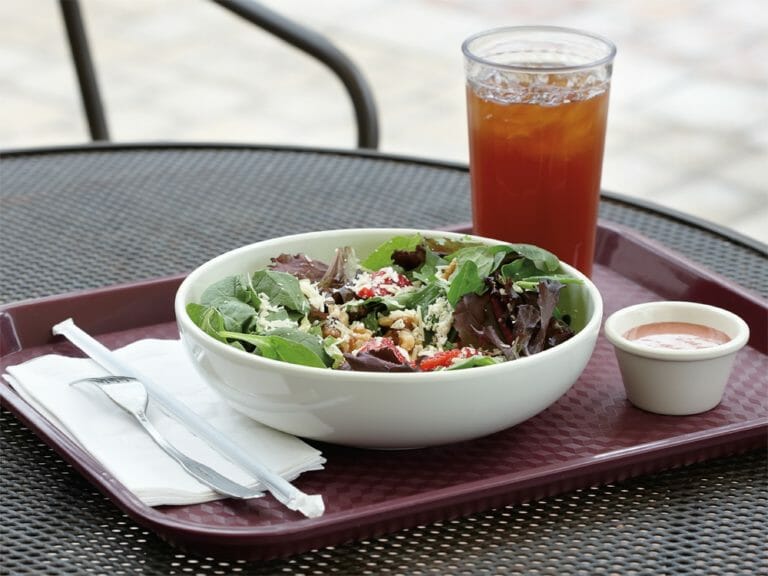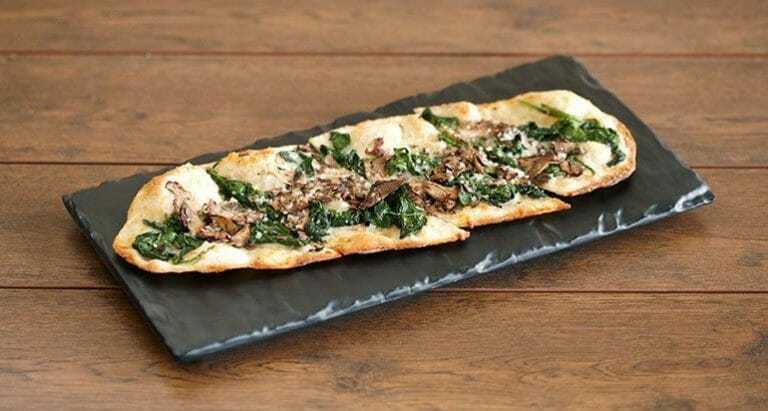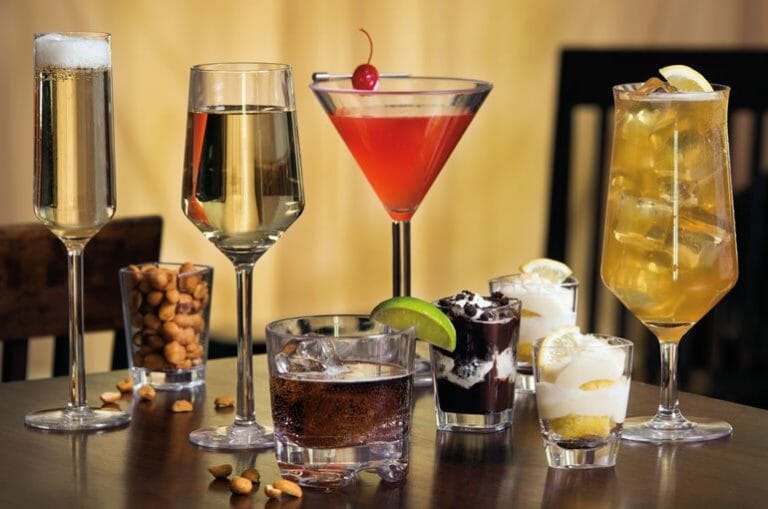Replacement Rate for Commercial Dinnerware: China vs. Melamine
When considering dinnerware options for a commercial foodservice business, the replacement rate is a crucial factor and cannot be overlooked. Let’s review the suggested replacement rates for both china, which we’ll sometimes also refer to interchangeably as porcelain, and melamine dinnerware, and discuss what you can do to maximize the longevity of your tableware.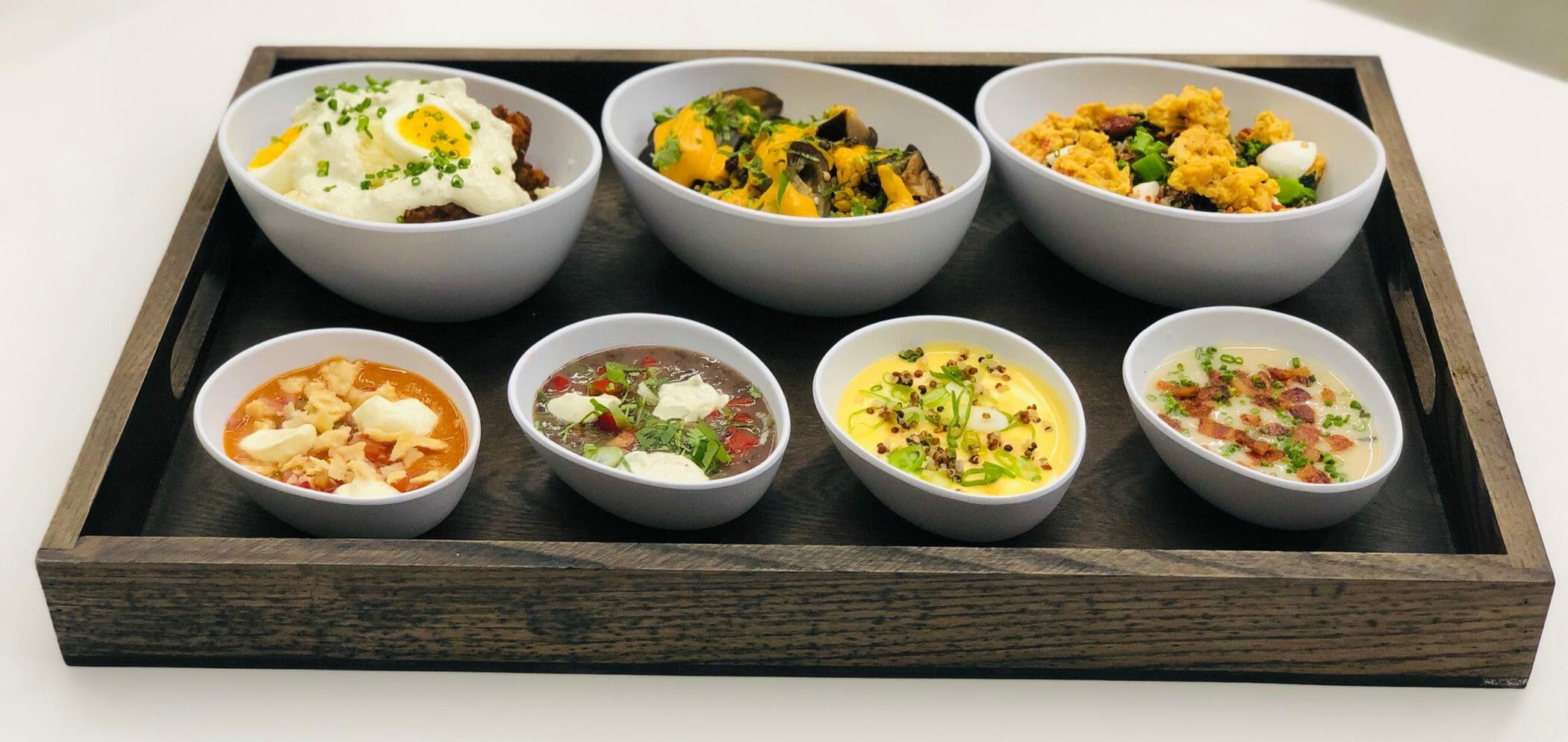 Pictured: Riverstone melamine dinnerware – request a sample!
Pictured: Riverstone melamine dinnerware – request a sample!
Replacement Rates: Porcelain vs. Melamine Dinnerware
While porcelain and melamine dinnerware both have their pros and cons, the difference in replacement rates and costs between the two are significant.
Porcelain Dinnerware
There are different types of porcelain dinnerware and, although some are more durable than the others, they’re all prone to chipping and breakage. This is why the average replacement rate for porcelain dinnerware can vary from 50% to 150% per year, or every 3-6 months.
You’ll definitely want to take this replacement rate into account when budgeting for your dinnerware.
Melamine Dinnerware
Due to its inherent strength and durability, melamine dinnerware offers a significantly longer in-service life thanks to reduced replacement rates when compared to porcelain dinnerware options.
The average yearly replacement rate for melamine dinnerware is 10% – 20%, which is usually due to chipping, breakage and some wear and tear.
You can easily get 2 – 5 years out of your initial melamine dinnerware investment if properly handled and maintained. However, like any other product within a heavy use environment, over time melamine dinnerware will start to lose its luster and may need to be replaced.
| Average Yearly Replacement Rate: Melamine vs. Porcelain | ||
| Porcelain Dinnerware | 50% – 150% or every 3 – 6 months | |
| Melamine Dinnerware | 10% – 20% or every 2 – 5 years | |
Some Quick Math
Let’s look at a couple hypothetical situations and do a quick cost comparison of replacement rates between porcelain and melamine. We’ll compare 10 plates of each material and assume each plate costs $5 for both porcelain and melamine plates.
- Initial investment:
- Porcelain plates: 10 plates at $5/ea = $50
- Melamine plates: 10 plates at $5/ea = $50
- Low end replacement rates after one year:
- 50% of porcelain plates replaced = 5 plates, or $25
- 10% of melamine plates replaced = 1 plate, or $5
- High end replacement rates after one year:
- 150% of porcelain plates replaced = 15 plates, or $150
- 20% of melamine plates replaced = 2 plates, or $10
- Total cost of ownership over a two-year period for 10 plates:
- Porcelain: $75 – $200
- Melamine: $55 – $60
Now imagine scaling this up 10x or 100x or 1,000x depending on your volume!
Let’s take a look at a scenario with 1,000 plates, assuming the same $5/plate cost.
- Initial investment:
- Porcelain plates: $5,000
- Melamine plates: $5,000
- Low end replacement rate after one year:
- 50% of porcelain plates replaced = 500 plates, or $2,500
- 10% of melamine plates replaced = 10 plates, or $50
- High end replacement rate after one year:
- 150% of porcelain plates replaced = 1,500 plates, or $7,500
- 20% of melamine plates replaced = 20% = 20 plates, or $100
- Total cost of ownership over a two-year period for 1,000 plates:
- Porcelain: $7,500 – $12,500
- Melamine: $5,050 – $5,100
As you can see, the cost savings between materials is drastically different with melamine coming out on top by a long shot no matter how you look at it.
Another critical takeaway is that the lower you’re able to keep your replacement rate, the better off you’ll be regardless of which material you prefer. We’re going to walk you through some best practices to keep your replacement rates as low as possible.
![PHOTO-2019-07-16-14-38-07[6]](/wp-content/uploads/2022/09/photo-2019-07-16-14-38-07%5b6%5d.jpg) Pictured: Corona porcelain – request a sample!
Pictured: Corona porcelain – request a sample!
How Can You Reduce Your Replacement Costs?
For both porcelain and melamine dinnerware, proper inventory levels and care and maintenance are the biggest factors affecting replacement rates and your dinnerware’s longevity.
Dinnerware Rotation for a Longer In-Service Life
Regardless of whether you use porcelain or melamine for your dinnerware, a good rule of thumb is to make sure products aren’t overused so you can maximize their in-service life. For your inventory, we recommend having 3 plates per each guest, giving you a 3:1 ratio of plates per person served. This creates a healthy cycle of one plate being used while another is in the wash and the third one rests.
Allowing your dinnerware time to completely cool off and dry after going through the dish machine not only avoids overuse, it also prevents your plates from thermal shock – a rapid change in temperature from hot to cold or vice versa – which can crack dinnerware.
Porcelain Dinnerware: Care and Maintenance Tips
Porcelain is a very simple dinnerware option to care for, but, as previously mentioned, the biggest factor leading to the replacement of porcelain dinnerware is breakage and chipping.
A number of reputable porcelain dinnerware options boast chip warranties, which can replace your damaged or chipped dinnerware if needed. Corona porcelain by G.E.T. offers a five-year edge-chip warranty on all rolled edge pieces, one of the best warranties on the market. We can offer this robust warranty thanks to high alumina, fully vitrified porcelain.
Following these simple care and handling tips, regardless of who made the pieces, will help reduce breakage and replacement rates for porcelain dinnerware.
Minimizing Breakage and Chipping
- Handle with care when bussing, washing and storing
- Overloading dish racks can cause items to rub and bang together
- Avoid stacking porcelain too high
- Do not attempt to nest or stack items not designed to do so
Preventing Metal Markings and Scratching
- Inadequate inventory levels can lead to overused dinnerware, which can cause metal markings
- To avoid wear marks and chipping, do not scrape porcelain with utensils when cleaning or removing excess food
- Do your best to avoid bussing porcelain in the same bus tub as flatware, fry cups and cones and other metalware
Avoiding Temperature Shock
- To avoid burn marks and thermal shock, never expose your porcelain to direct flame, such as the top of burners
- Avoid sudden temperature changes, such as putting hot or warm items into cool water
- To avoid extreme temperature exposure, be sure that food or beverage is in every piece before exposing to heat
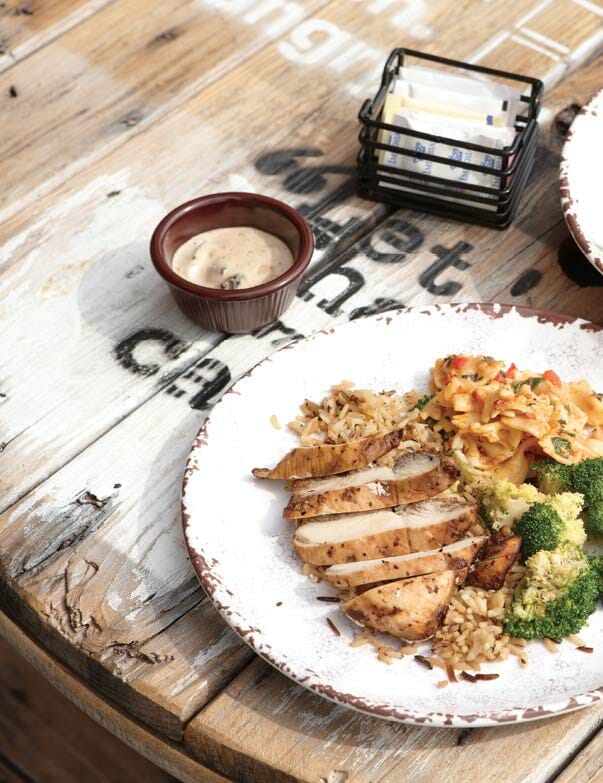 Pictured: French Mill melamine plate, fluted melamine ramekin, sugar caddy – request a sample!
Pictured: French Mill melamine plate, fluted melamine ramekin, sugar caddy – request a sample!
Melamine Dinnerware: Care and Maintenance Tips
Even though melamine dinnerware options are extremely durable and easy to care for, they too need to be properly maintained to reduce replacement costs and extend their in-service life.
Melamine dinnerware is usually replaced for aesthetic reasons more than breakage or chipping. Our simple care and maintenance tips will help you get optimal appearance and performance out of your melamine dinnerware.
Preventing Heat Damage
- Do not expose any melamine dinnerware to direct flame or heat in excess of 200˚F
- To avoid cracking and blistering, avoid using melamine dinnerware in ovens, microwaves, plate warmers or heat lamps
Avoiding Scratching and Chipping
- Avoid use of serrated knives, steel wool and scour pads as these can cause scratches
- To avoid chipping and scratching, do not strike melamine dinnerware with or on any hard surface while attempting to remove excess food
- Do not overload dish racks, as this can cause chipping during dishwashing
Preventing Staining
- Rinsing and washing items right after use will help avoid staining from dried foods and sauces
- Presoaking will help to maintain appearance and luster and will also help you avoid destaining procedures
- Do not use any chlorine bleach or chlorine-based sanitizing solutions
The key to maximizing any dinnerware’s in-service life is proper care and maintenance and ensuring you have the correct inventory levels – a ratio of three plates per person served – to cover your demand. Only then will you be able to reduce your replacement costs, saving you both time and money.
Let us know what you think below. Do you have any helpful tips for your fellow foodservice peers?

